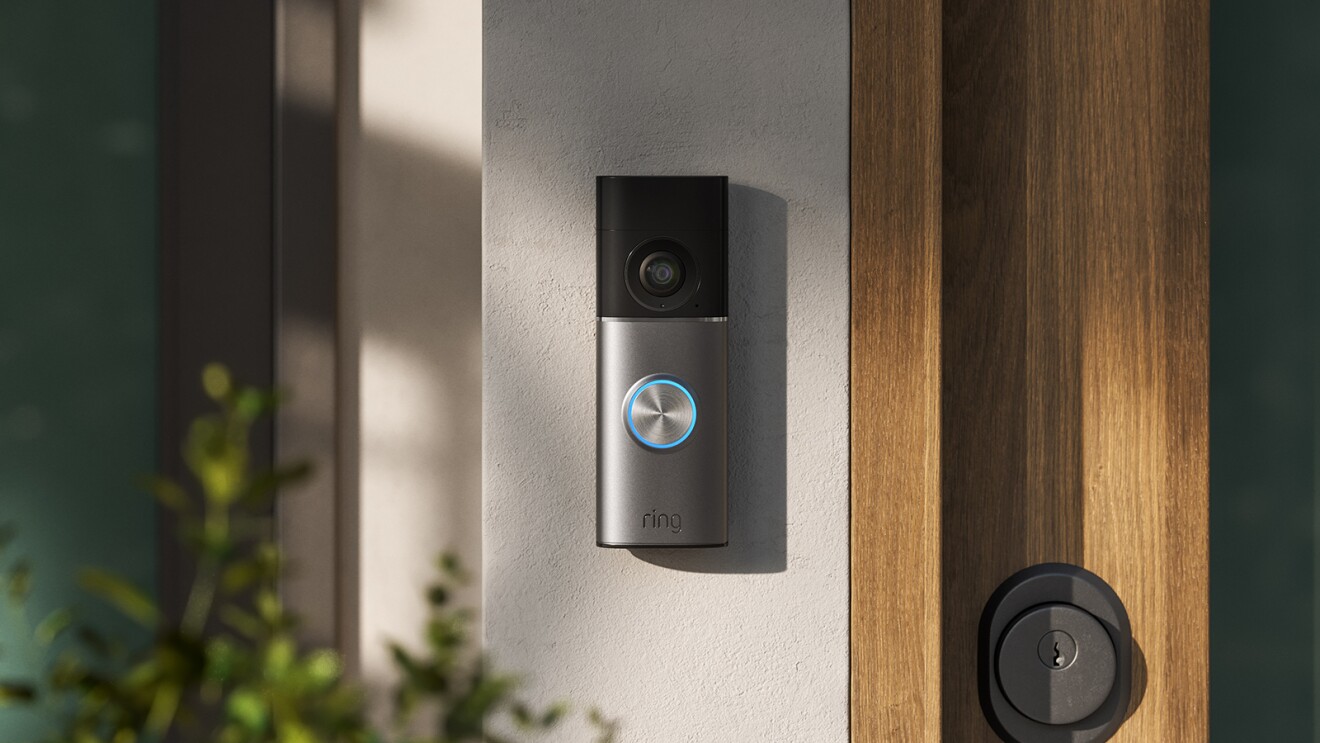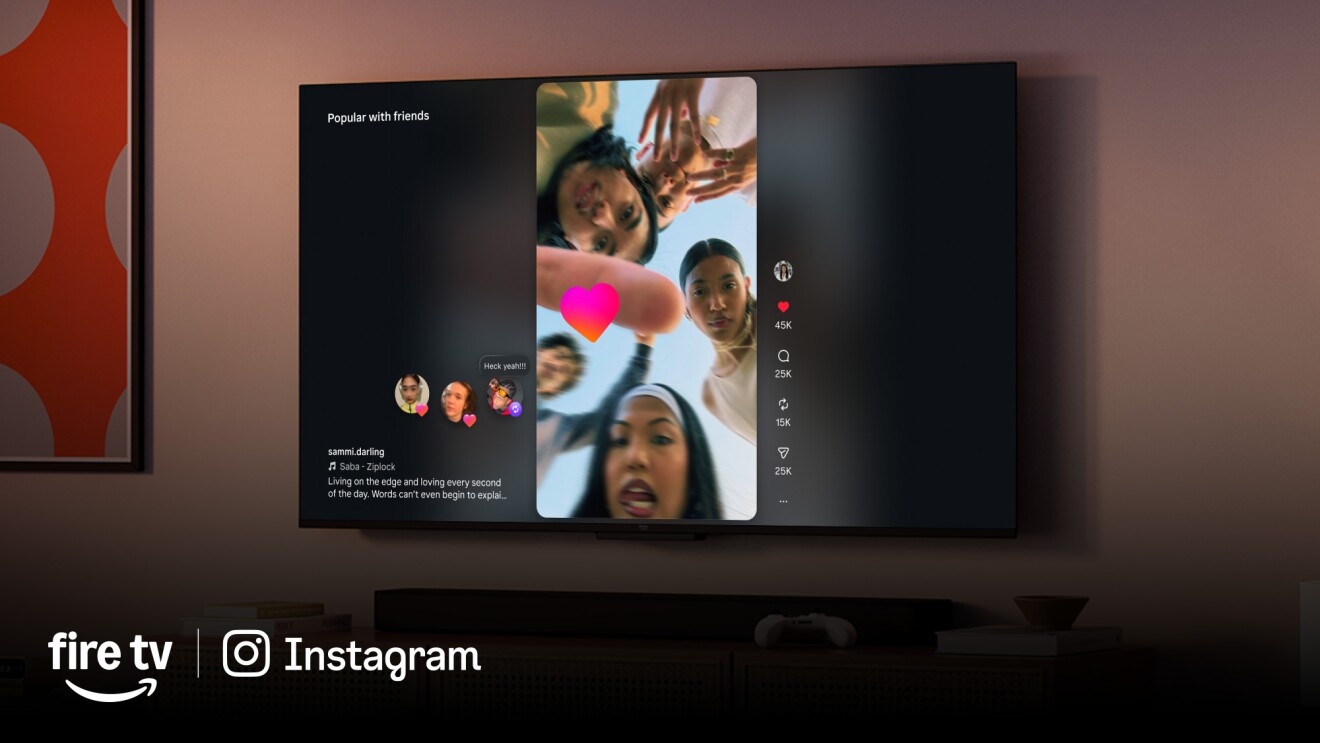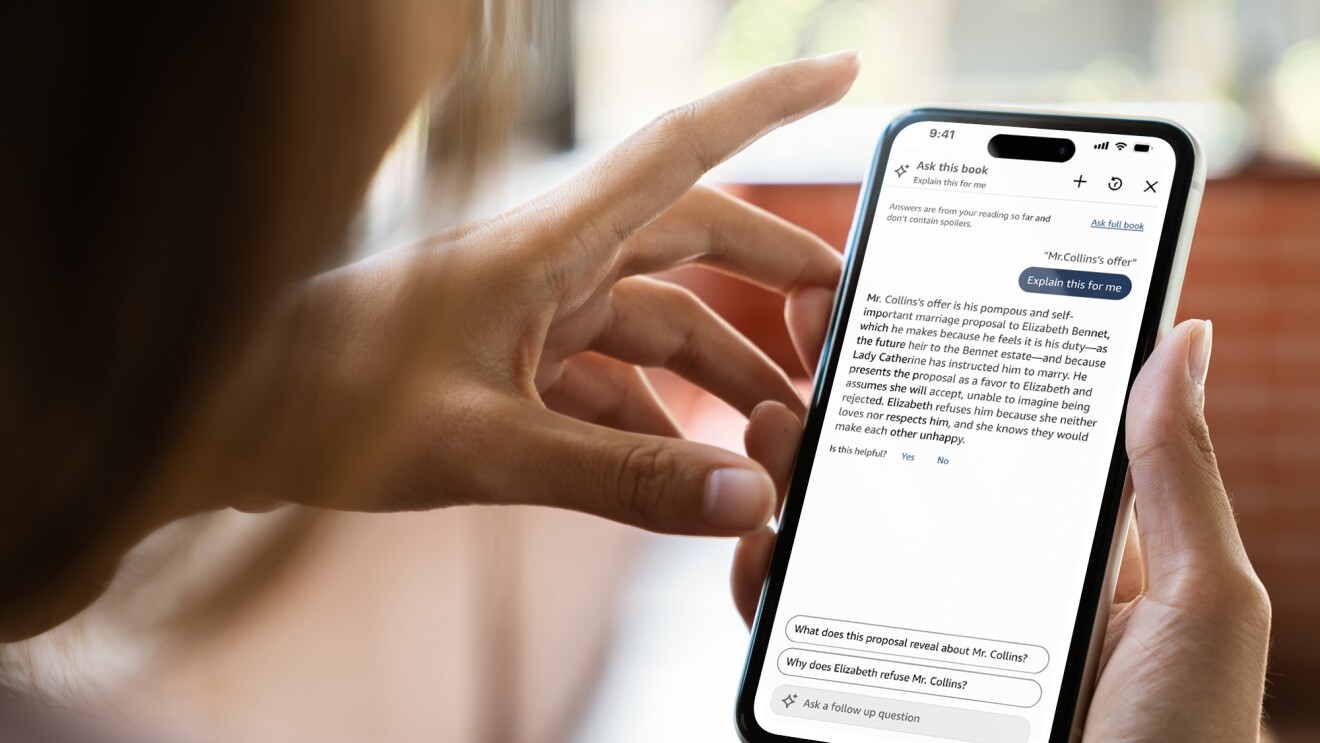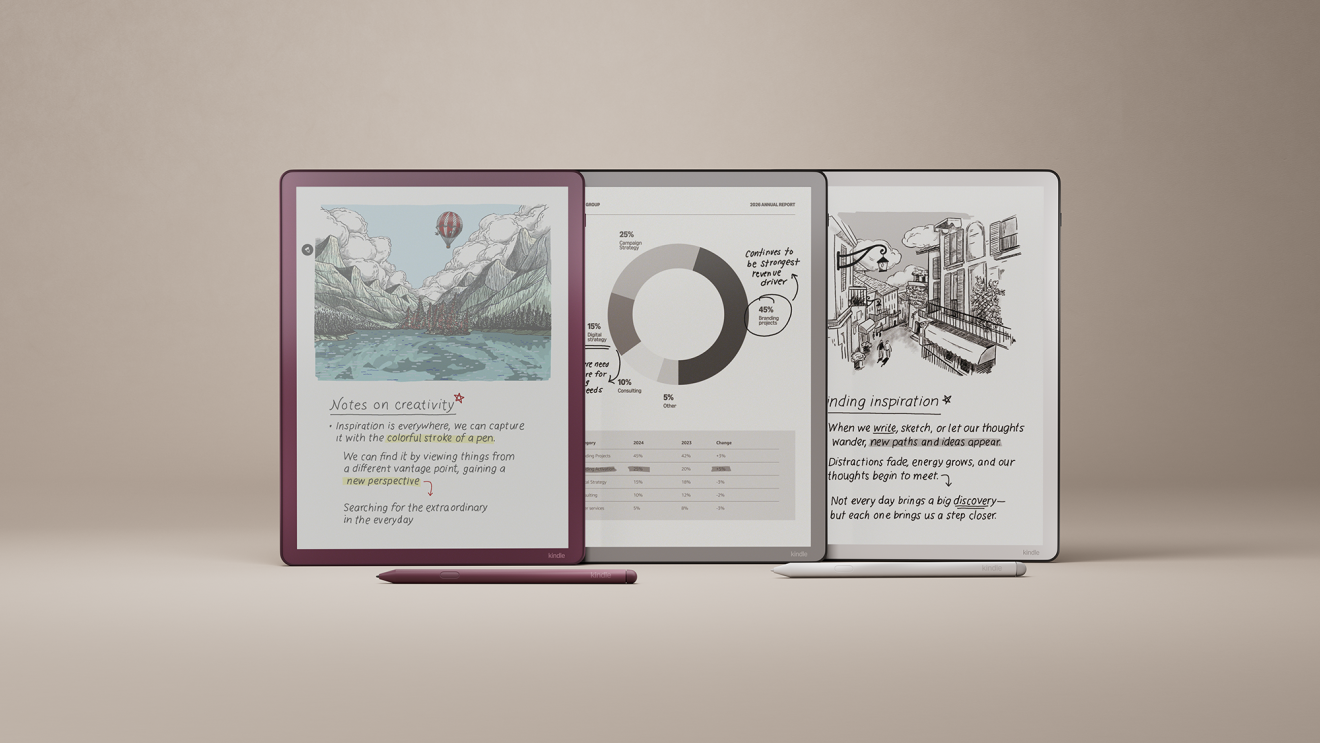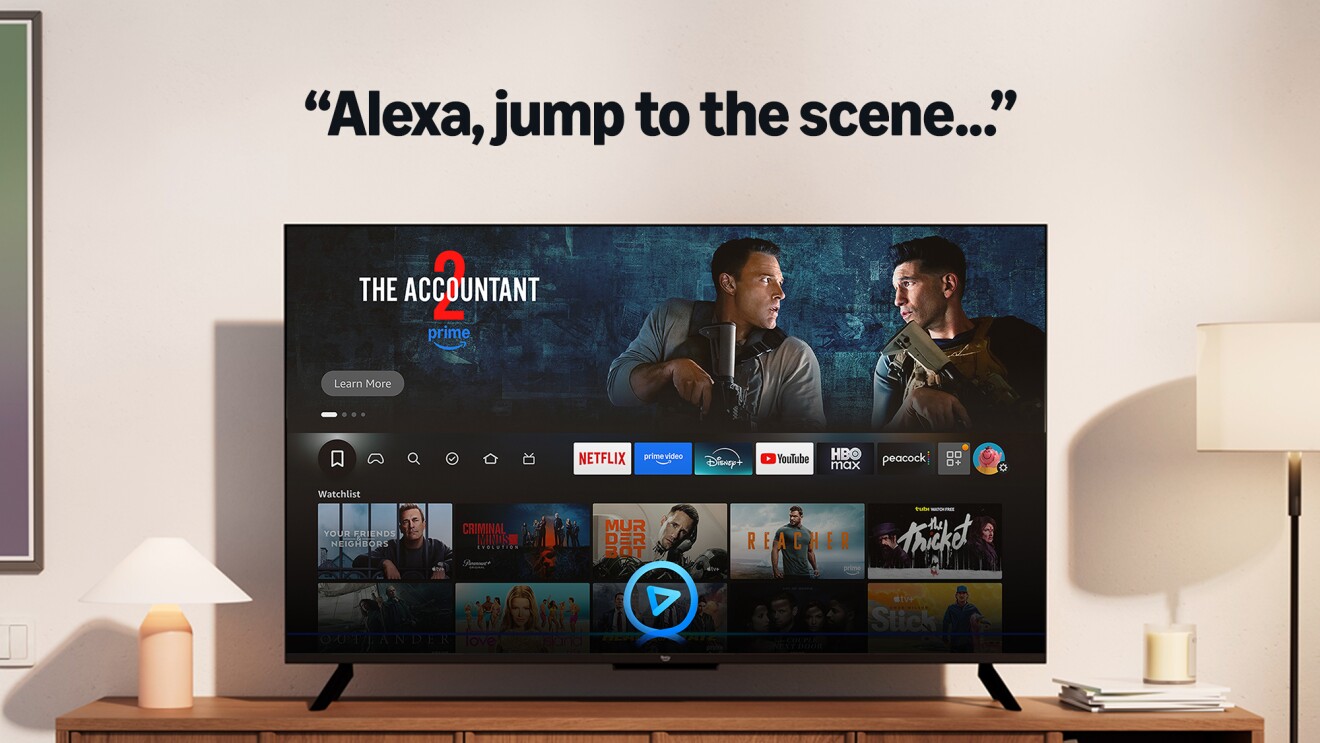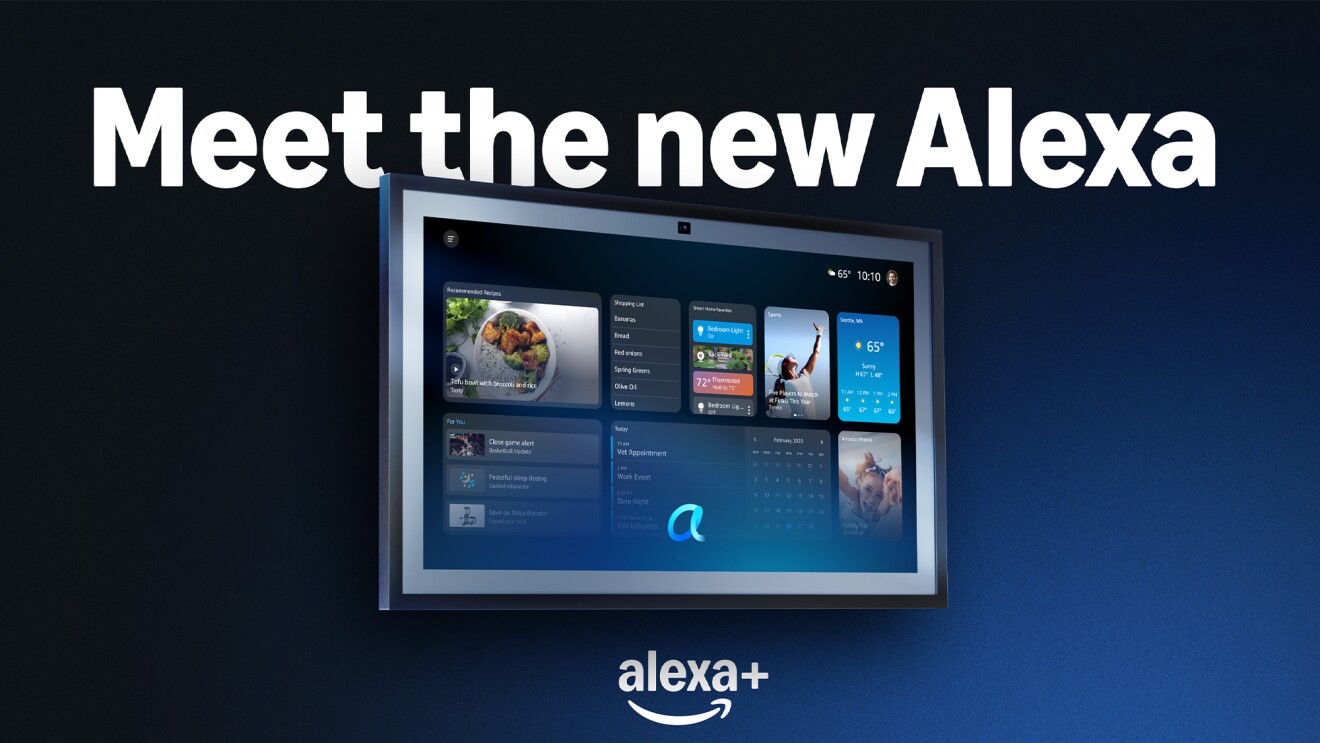2022 marks 30 years of the International Day of Persons with Disabilities (IDPWD), a day dedicated to promoting the rights and well-being of people with disabilities globally. The world looks much different today than it did 30 years ago, with tons of innovation taking place—from the smartphone to voice services. With this year’s IDPWD theme focused on the role of innovation in fueling an accessible and equitable world, Amazon employees are sharing what the moment means to them.
Customer Obsession is key
Naomi Johnson is one of many people at Amazon who works to create equitable experiences for employees. “When you bring people with disabilities into a company, when you bring together people with different backgrounds and different viewpoints, that’s when innovation becomes a reality,” she said.
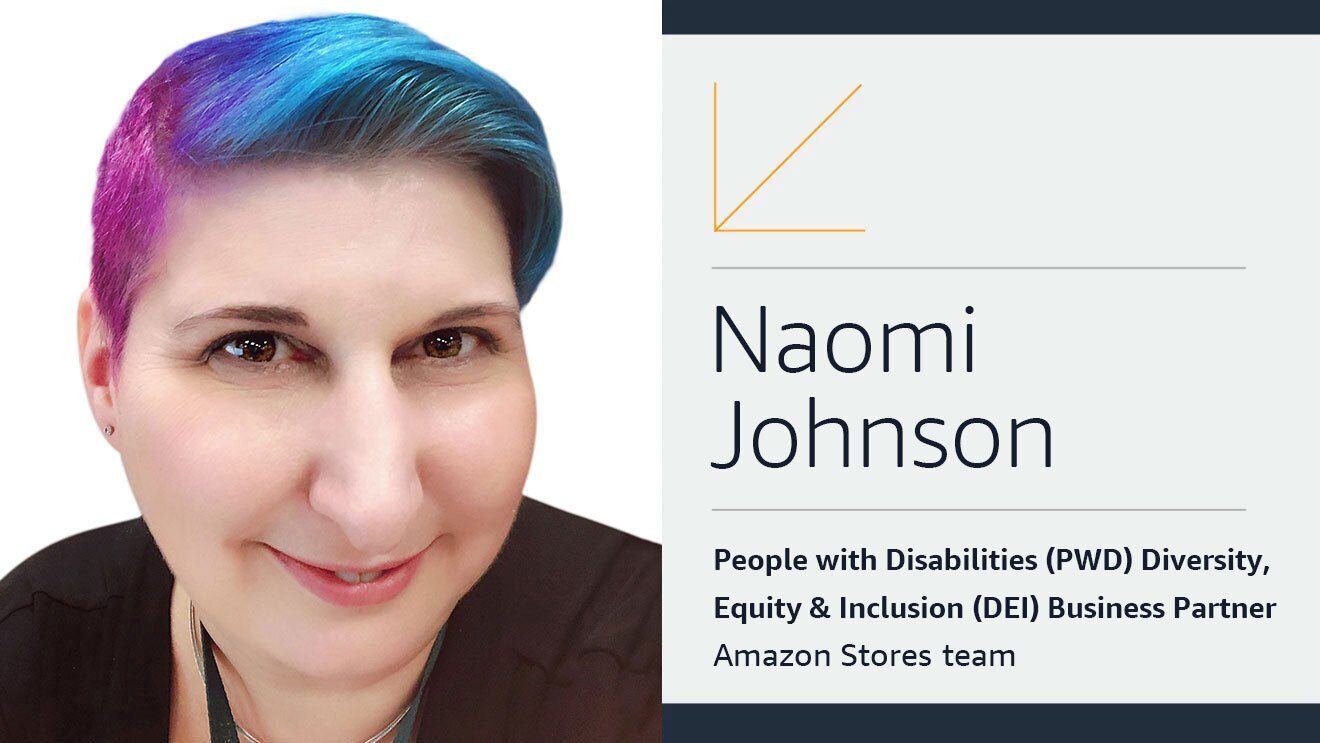
Johnson, who’s based in the UK, is a People with Disabilities (PWD) Diversity, Equity, and Inclusion (DEI) business partner for Amazon Stores. That means she and her team create disability business strategy, which includes educating leaders and peers so that employees with disabilities not only feel safe to share their disability, but also feel understood and supported by the colleagues around them. Johnson is also the co-director for neurodiversity in the global AmazonPWD affinity group.
“I got into this work because I was recently diagnosed with autism, dyspraxia, and ADHD,” said Johnson. “And more than 15% of people in the UK alone are neurodivergent. I want to help change people’s understanding of what disability means. I want to make sure people can comfortably say who they are. I want to make a difference for my kids who are also neurodivergent, because they’re the next generation of all of us.”
One of Amazon’s Leadership Principles is Customer Obsession, and that includes obsessing over and understanding the needs of customers—and employees—with disabilities.
“Instead of believing that ‘disability disables people,’ we see the world not necessarily being designed for the disability community,” Johnson explained. “It’s the world around people with disabilities that disables them. When we think that way, we can help make roles, buildings, and experiences more equitable. That’s when things start to change.”
The evolution of accessibility
Shadi Abou-Zahra, a principal accessibility standards and policy manager for the Amazon Devices Accessibility team based in Austria, is another employee who’s dedicated to accessibility. “Accessibility is my passion, and at Amazon, I feel I can live that every day,” he said. “In accessibility, I can combine my professional background as an engineer with my personal life as a quadriplegic.”
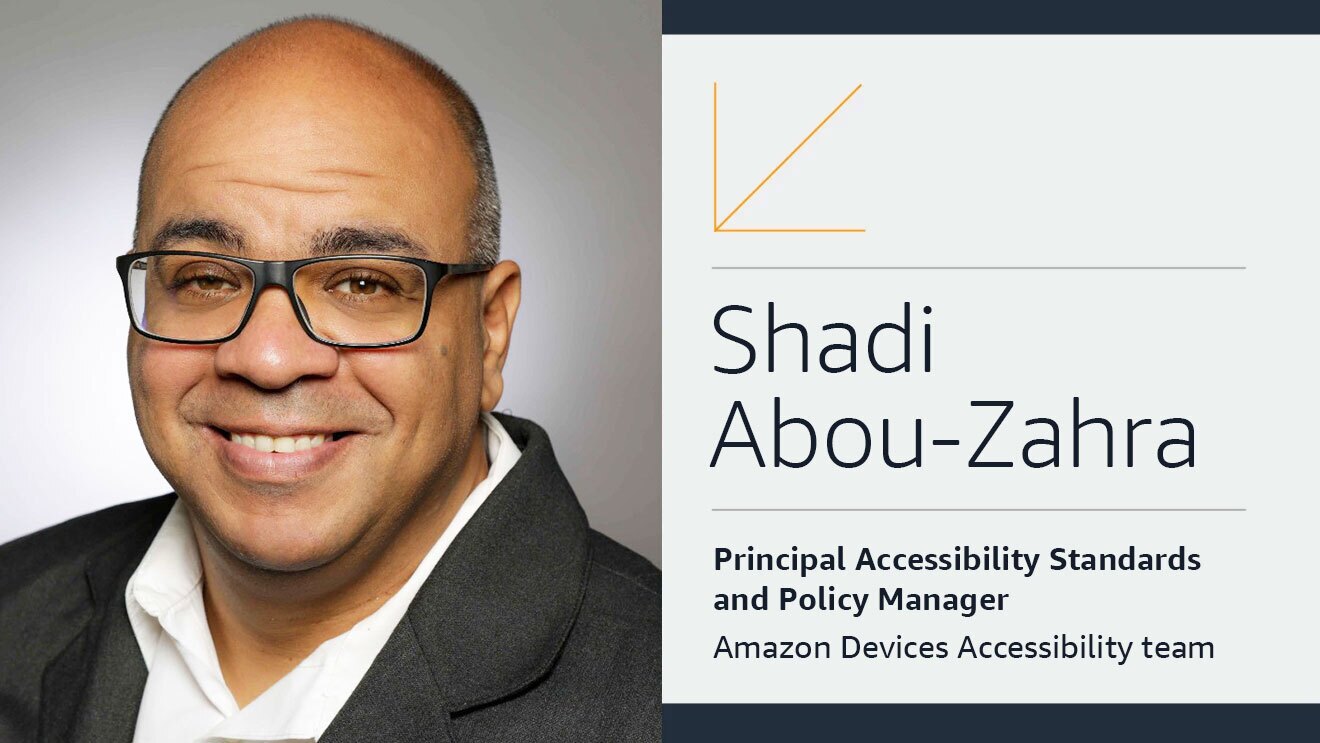
Abou-Zahra started working in digital accessibility years ago while studying computer science, at a time when he felt accessibility was “aspirational.” But since even those early days, he said he’s witnessed a close relationship between accessibility and innovation, one where technological innovation leads to better and more affordable tools that are accessible for everyone.
“When I was in the hospital after my accident 30 years ago, my roommate got a voice-enabled device to control the TV and the blinds,” Abou-Zahra said. “It was expensive, and it took two engineers three weeks to install. Today, you can order an Echo device with Alexa and get it delivered in days at a fraction of the price and with exponentially more value—not only can it help you control connected devices like the TV and the blinds, but you can also use it to call friends and family, order groceries, and more. That’s a game changer for accessibility.”
While he’s excited about the progress being made every day, Abou-Zahra emphasized that everyone should have access by default. In order to make that happen, he said, society must act on the disability community’s maxim, “Nothing about us without us.”
“Just as nobody thinks of elevators or automatic doors as assistive technologies, nobody should think of Alexa or captioning, for example, that way either,” he said. “Technology impacts everyone, particularly people with disabilities. So, it’s critical to give people with disabilities a seat at the table in designing technology. To be inclusive, you have to think and act inclusively.”
Empowering everyone to create accessible experiences
As a software development manager on the People Accessibility and Inclusivity Innovations team in Seattle, Washington, Raj Datta is just one of many people with disabilities at Amazon with a seat at the table. “Technical innovations have helped make technology more equitable and accessible to everyone,” he said. “So many of us have personal computers and phones—those very pieces of technology were invented to give people greater access."
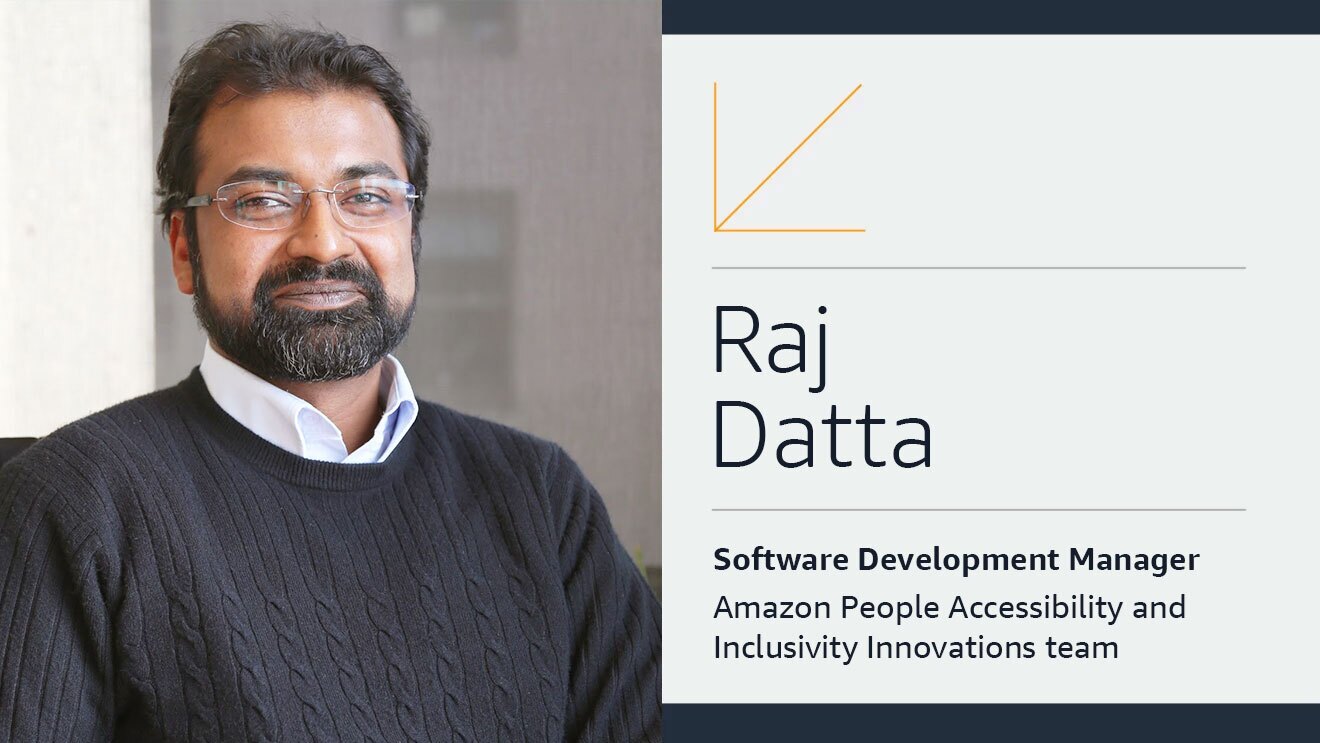
While giving people greater access is important, Datta said, it’s critical to think about exactly who, when, how, and why someone will use it. “This past summer, I was formally diagnosed with a learning disability and had a realization: so often, people building technology are just trying to deliver a working product. Many often forget to ask whether the product will actually work for everyone who needs to use it.”
Datta’s team, like many others at Amazon, uses that critical insight as they help build tools for user experience (UX) designers and engineers to enable accessible UX designs and software interfaces. He shared an example of how this work comes to life.
“UX designers and software engineers aren’t always trained in accessibility, but they build the experiences we use every day,” said Datta. “Using tools my team has built, UX designers can now communicate accessibility requirements to engineers with the click of a button in the design software they are already familiar with. With this simple change, we’re helping more people ensure accessibility is baked into experiences.”
Johnson, Abou-Zahra, and Datta repeatedly pointed to a critical component of innovation: working backwards from customers with disabilities. As Johnson said, “When you work backwards from the customer and act on it, you’ve unlocked truly accessible innovation.”




